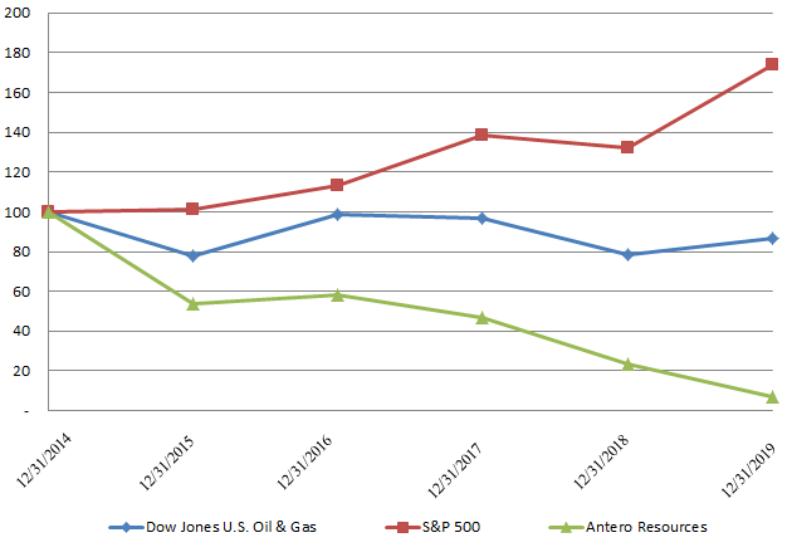Free signup for more
- Track your favorite companies
- Receive email alerts for new filings
- Personalized dashboard of news and more
- Access all data and search results
Content analysis
?| Positive | ||
| Negative | ||
| Uncertain | ||
| Constraining | ||
| Legalese | ||
| Litigious | ||
| Readability |
H.S. sophomore Avg
|
|
New words:
absolute, Advisor, AMC, anti, ARA, ARCO, Asia, assisted, avoid, aware, bankruptcy, Berkeley, bifurcated, bleed, blended, blending, Bonanza, California, Canada, causation, certified, chain, Chancery, checked, checking, CIF, clause, Colgate, column, combustor, coordination, CRC, created, Creek, CSR, deconsolidation, Delek, Democratic, deterring, DGCL, discourage, diversified, DJ, earnout, embedded, estate, explicitly, FEI, fiduciary, foregoing, forum, fossil, freely, fullest, Goldman, goodwill, highlighted, hostile, idled, implicit, implicitly, inapplicable, indispensable, Inline, Interactive, internet, iXBRL, judicial, kind, lessor, lieu, Liquefaction, LTIP, manufacturer, Mobil, Monroe, NaN, Navigable, NewCo, newly, Occidental, opportunity, PDC, Pepperdine, perception, quorum, real, recalculated, reconsider, redesignation, renounced, rescind, reuse, Rice, roadway, Royal, Sabine, scientific, sentence, SK, Social, societal, staggered, stipulated, subsection, subsidence, Sutil, thereon, thereunder, threat, tradable, tyree, unenforceable, Vantage, veto, Vicky, voluntary, warming, Wharton, writing, WVDEP, yearlong
Removed:
Academy, admission, AGL, agree, aided, allege, antidilutive, Arkoma, Australia, bearing, bed, belonging, Benchmark, beneficially, bidding, block, borrowed, broadly, closed, Comparison, compressed, construed, Conveyance, correct, decree, deducting, DePaul, depleted, discharged, dismantlement, displaced, EBITDA, entitlement, Eurodollar, exclude, exempting, exercised, fewer, fractionator, gathered, greasing, greatest, Hong, imbalance, independently, intracompany, involvement, Iowa, IPO, Iran, kagan, Kevin, Kilstrom, Kohlberg, Kong, Laredo, letter, levy, Milton, offering, Parent, participated, Perella, Permian, peter, placement, plaintiff, Powder, precipitously, Prep, preparing, procure, proposal, propose, Ramaco, responded, responding, Salomon, stayed, sublimit, Subscription, Subtitle, surcharge, swing, Sydney, Toronto, unclear, understand, unpermitted, updated, Ursa, Vanguard, verified, Wasserstein, Westmoreland, WP, Yale
Filing tables
Filing exhibits
Related press release
Associated AR transcripts
AR similar filings
Filing view
External links

